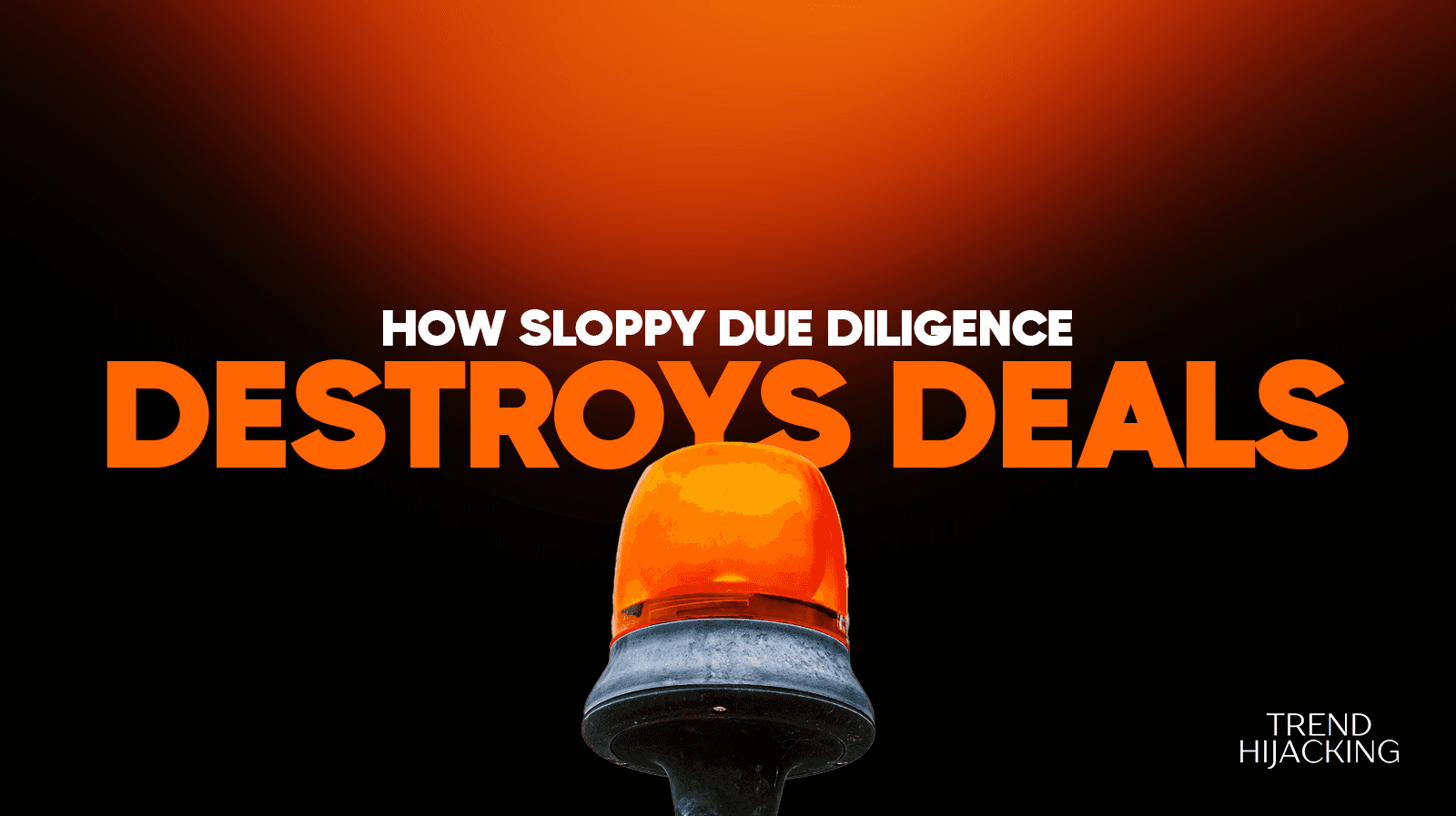Overview
This is an online retail business specializing in Spanish-inspired home décor and lifestyle items. Established in 2018, the brand has maintained consistent growth, serving mainly the Spanish market with a small but expanding international customer base. The business operates without a physical location and uses Chinese suppliers to fulfill orders. Most sales come from organic traffic and referrals, and the brand has historically invested almost nothing in paid marketing.
All findings in this report are based solely on publicly available information. A deeper understanding of revenue accuracy, recent profitability, marketing performance, operational processes, and the seller’s reasons for exiting will require direct communication with the owners.
Key Insights
Website Performance and Market Positioning
Website Speed
Initial checks show that pages load adequately but could benefit from compression and image optimization. Faster loading would improve the shopping experience and search engine performance.
Product Variation and SKU Count
The store offers a curated range of design-forward home accessories. Inventory fluctuates heavily due to supplier availability, indicating a lightweight dropshipping or semi-dropshipping model. The product assortment is small to medium in scale, which limits complexity but may restrict customer return frequency.
Average Order Value and Lifetime Value
AOV is not publicly stated. However, the business’s niche and product types suggest a mid-tier AOV. Lifetime value appears low due to the very low repeat purchase rate of 1.64 percent. This signals that most buyers purchase once and do not return.
Repeat Customer Rate
A repeat purchase rate below 2 percent is significantly lower than industry averages for home décor (typically 20–30 percent). This suggests limited product breadth, minimal remarketing, or weak retention systems.
Website Conversion Rate
Conversion rate data is not available, so assumptions cannot be made. To obtain a reliable view, access to store analytics is required.
Website Design and Presentation
The website showcases clean visuals and aesthetically appealing products. However, some product descriptions lack depth and certain pages appear template-based, reducing the premium feel of the brand. Enhancing copy, improving imagery consistency, and building a stronger brand story may improve conversions.
Brand Positioning and Customer Sentiment
The brand positions itself in the affordable home and lifestyle category, drawing inspiration from Spanish design culture. Customer sentiment appears generally positive, though the limited number of verified reviews raises questions about volume consistency. The brand experience is visually pleasant but could benefit from stronger identity differentiation.
Marketing and Efficiency
The current marketing strategy relies almost entirely on organic traffic and referrals. Paid advertising was used once over two years ago. This suggests potential for high scalability if paid marketing is introduced. However, it also means revenue stability must be verified to ensure sales are not artificially inflated or seasonal.
Customer Acquisition Cost and Scalability Potential
Because acquisition is currently almost cost-free, introducing structured Facebook Ads, Google Shopping, TikTok Ads, and influencer partnerships could significantly increase sales volume. The challenge will be ensuring margins remain healthy once true paid CAC is factored in.
Product Offering, Messaging Angle, and Repositioning Potential
The brand's niche Spanish-inspired home décor, is unique and can be expanded into multiple lifestyle categories. Repositioning into premium home living, sustainable interior décor, or Mediterranean design collections could significantly increase AOV and brand value.
Financial Summary
The financials provided indicate a highly profitable business, though the unusually high profit margins require verification.
Financial Overview (Table Format)
Metric | Amount | Notes |
Annual Revenue | €89,257 | Reported publicly |
Annual Profit | €84,295 | Extremely high relative to revenue |
Profit Margin | 94 percent | Requires verification (very rare in ecommerce) |
Monthly Revenue (Average) | €7,438 | Based on annual revenue |
Monthly Profit (Average) | €7,024 | Based on annual profit |
Revenue Multiple | 0.3x | Very low valuation |
Profit Multiple | 0.3x | Very low valuation |
Website Age | 4 years | Established duration |
Repeat Purchase Rate | 1.64 percent | Low customer retention |
Email List Size | 10,000 subscribers | Engagement level not provided |
Comments on Revenue and Profit:
The reported margin of 94 percent is unusually high for ecommerce, especially with dropship or supplier-based fulfillment. This requires clarification. Typical margins in the home décor ecommerce industry range from 15 to 45 percent. A margin above 90 percent may indicate:
• Very low or unreported expenses
• Underreported costs such as shipping, returns, customer service, or advertising
• Incomplete accounting
Direct confirmation from the seller is required.
Comments on Multiples:
Both the revenue and profit multiples of 0.3x are significantly lower than typical ecommerce multiples (1.5× to 3×). This low valuation could indicate:
• Motivated seller
• High operational risk
• Lack of verifiable financial documentation
• Extremely lean systems with low defensibility
Further exploration is required.
Marketing Review
Organic Traffic
The business benefits from organic traffic but website authority is relatively low (domain authority 12). This means organic visibility is present but not dominant.
Paid Marketing
There is no active paid marketing strategy in place. This presents a major growth opportunity but also introduces uncertainty regarding how well the products will scale with paid traffic.
Email Marketing
The store has a 10,000-subscriber email list, which is valuable. However, with a 1.64 percent repeat purchase rate, it appears email sequences and campaigns may not be well optimized.
Social Media
Activity levels, engagement rates, and follower quality need direct analysis. This information is not available publicly.
Operational Efficiency
The operational model is lean:
• No physical storefront
• Suppliers based in China
• Founder plus two workers, total 40 hours per week
• Dynamic inventory system that replenishes based on supplier availability
Opportunities for Improvement:
• Reduced shipping times through diversified suppliers
• Inventory forecasting to avoid availability gaps
• Stronger supply chain reliability tracking
• More structured customer service processes
Customer Data and Relationships
Customer Base
Primarily located in Spain, with emerging international interest.
Repeat purchase rate is low, suggesting limited brand loyalty.
Customer List Strength
The email list of over 10,000 subscribers is an asset but requires nurturing.
Retention Weakness
The business lacks a strong loyalty driver, bundled offers, or category depth that encourages frequent shopping.
Legal and Compliance Considerations
No major compliance issues visible publicly. However, before acquisition, confirm:
• GDPR compliance (critical for EU ecommerce businesses)
• Supplier agreements
• Proof of product authenticity and quality
• Trademark, brand, and domain ownership
• Proper documentation for revenue and expenses
Challenges Identified
Extremely high reported profit margin requires verification.
Low repeat purchase rate signals limited retention or product stickiness.
Lack of paid marketing history makes scalability uncertain.
Heavy reliance on Chinese suppliers creates fulfillment risk.
Domain authority and organic presence are modest.
Product range may be too narrow to sustain long-term LTV.
Limited operational documentation available publicly.
Lack of clarity around the seller’s true motivation for exiting.
Need for confirmed financial disclosures for the past 12 months.
Recommendations
Initiate direct communication with the seller to verify revenue, expenses, COGS, shipping costs, and true net profit.
Request access to website analytics, Facebook Pixel, Google Analytics, and financial dashboards.
Conduct a test purchase to experience fulfillment speed and product quality.
Plan to redesign parts of the website for stronger branding and conversion improvement.
Develop structured email flows and retention systems to increase repeat purchases.
Build a paid marketing strategy across Facebook, Google, and TikTok to test scalability.
Expand product categories to improve AOV and LTV.
Confirm GDPR and other regulatory compliance.
Evaluate the sustainability of supplier relationships and add backup suppliers.
Conclusion
The e-commerce business shows strong potential due to its established brand, organic traffic base, clean niche positioning, and extremely lean operations. However, the reported profitability and low valuation multiples must be verified, and major gaps in marketing, retention, and operational depth represent both risk and opportunity.
To make a fully informed acquisition decision, it is essential to engage the seller to verify actual financial performance for the past several months, clarify operational processes, understand customer acquisition strategies, and confirm the reason for selling.












